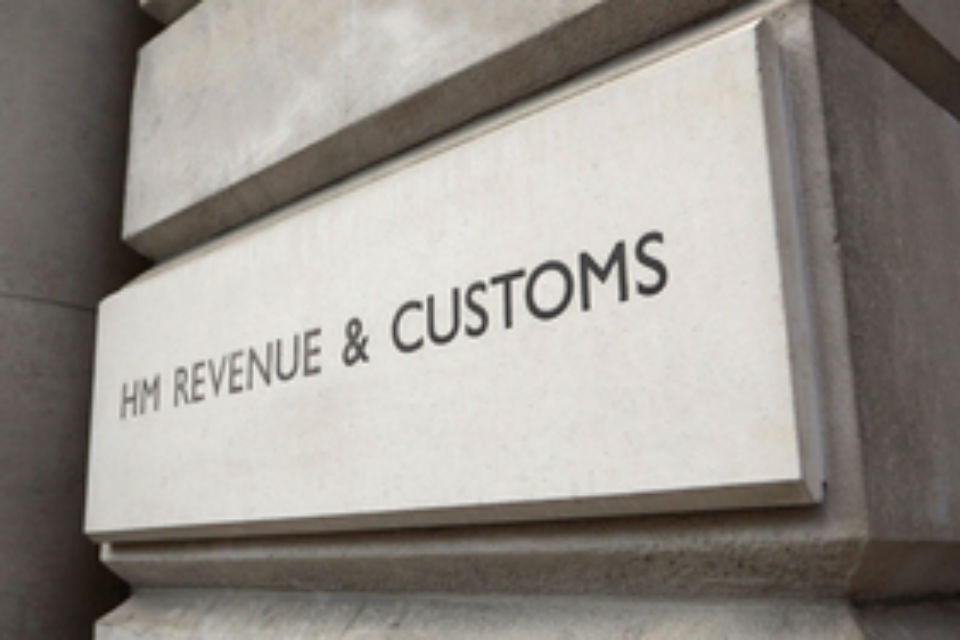The UK is a digital government leader, but can still learn from others, argues Richard Whomes of Rocket Software
Since the financial crash of 2008 the UK has tightened the budget for public services. Yet, when it comes to e-governance, the UK is paving the way for others. Digitising public services during tough times has helped to bring down costs and make processes more efficient when waste can scarcely be afforded.
The UK has made a great effort over recent years to modernise the way government runs its departments. GOV.UK has been a startling success as a cross-platform source of information for members of the public. The website is an amalgamation of 25 government departments and various public bodies, so questions you may have about transport, tax, or housing can be answered through the links on this page. GOV.UK’s success is reflected in the government’s aim to have 25 million users of the website by 2020.
Where the UK’s e-governance lags is in data-sharing between different branches of public services. As the government’s Digital Strategy acknowledges, there is still the problem of data being isolated – even within different elements of a branch of public service. For example, you’ll have different records at the dentist, doctor and hospital, which is an inefficient way to store data, as well as a waste of time for healthcare professionals who have to develop separate medical records.
Related content
- “Our country was like a start-up”: Lessons from Estonia and why true e-government requires trust and buy-in
- Francis Maude warns against dismantling GDS, as UK tops digital rankings
- European e-government plan ‘key to savings’
Estonia is a strong performer when it comes to e-government, and has a more comprehensive system than the UK in several ways. Estonia’s digital exchange, X-Road, is a secure system that brings together government bodies, private companies and members of the public to share data. Much of its success has stemmed from its ability to avoid the compartmentalisation of data and the associated inefficiencies of this. X-Road data is synchronised to avoid filling out numerous forms that say more or less the same thing. When you visit your dentist in Estonia, they will have the same information as your doctor, and vice versa.
So, what’s driving e-government?
Successful e-governance, whether it’s in the UK or Estonia, relies on three things: capacity; access to data; and security.
Capacity
As public services move online, the result is vastly more information floating around the system. There will need to be adequate storage capacity to handle these loads of data. Additionally, the processing power needs to be there to ensure the system functions as it should – think back to the debacle with Obamacare in 2013 when the website crashed on the first day of the launch, meaning that people weren’t able to sign up for the programme.
Access to data
Increasingly there are ways to bring information together from different departments of an organisation. Sharing data can paint a fuller picture of a situation and enable more targeted services. For example, at a local level, analysing aggregate data on crime combined with reports from caseworkers may help officials identify young people who need the most attention from the state.
Security
Data is also likely to be of a sensitive nature. There are vulnerabilities in any system, so reducing the risk of data breaches is imperative. Estonia has made some progress here as data outgoing from X-Road is signed off and encrypted, and incoming data is authenticated and logged. Individuals have a digital ID card that carries a chip as well as two different PIN codes.
E-governance in the UK has improved markedly during years of financial restraint by the government, simply because of the efficiency of the system and the resulting reduction in costs for public services. Whether it’s a simple online application or a comprehensive digital ID that doubles as a driving licence, these reduce the time it takes to carry out tasks.
Striving for better e-governance should be a universal ambition.



